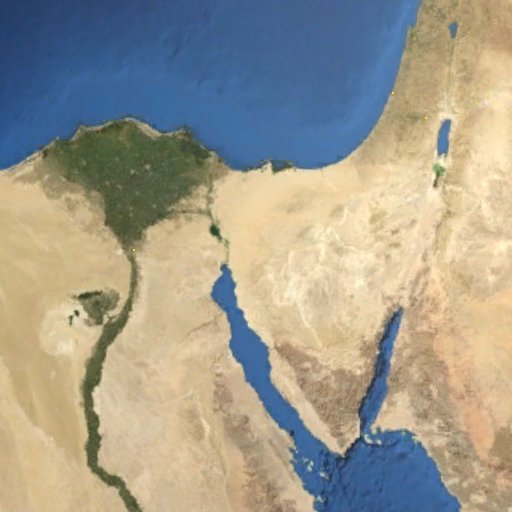World Clock Tips and Tricks
Most of Anuko World Clock documentation is located in its
user guide and
frequently asked questions. See these sections first if you are looking for basic usage information.
The World Clock Development Team has compiled this web page with tips and tricks on using World Clock. These tips and tricks may help you to customize World Clock for your needs.
Configure Action on Double-Click
If you got used to seeing the system calendar after double-clicking the clock you can configure Anuko World Clock to do the same. Select either the "Show calendar" or "Adjust system Date/Time" option in the "Action on double-click" field on clock settings page in Anuko World Clock Preferences. The "Show calendar" option will show Anuko World Clock Calendar. The "Adjust system Date/Time" will show the native system calendar. Notice that the action on double-click is configured separately for each clock.
Use Alarm Macros to Output Useful Information
Alarms in Anuko World Clock support some macros. A macro is a special text string, which is replaced with some useful information when your alarm fires. The following macros are available in Anuko World Clock:
${label} - prints clock label
${alarm} - prints alarm description
${tz} - prints clock timezone name
${city} - prints city name associated with the current clock
${country} - prints country name of the city associated with the current clock
${location} - prints city or timezone associated with the current clock
${date} - local date when alarm was triggered
${time} - local time when alarm was triggered
${cdate} - date when alarm was triggered, according to the clock's timezone
${ctime} - local time when alarm was triggered, according to the clock's timezone
Note: For date and time macros you can specify the same formatter as for clocks, but in brackets. For example:
${date(d MMM yyyy)} or ${time(HH:mm:ss)}
Synchronize with a Local Time Server
If you need to synchronize your computer time with a local time server you can easily do so by typing in server name or IP address in the Server field on Time Synchronization page in Anuko World Clock Preferences.
Your server must support time synchronization over NTP protocol using UDP port 123. Make sure that UDP traffic on port 123 is allowed between your machine and your local server.
If you use a firewall make sure that the timesync.exe process is allowed to communicate over NTP protocol to external systems. Timesync.exe is a component of Anuko World Clock, which runs as a Windows service and sets computer time.
World Map with Higher Resolution
WARNING: this is a "die-hard" exercise for your video adapter. Try this only when you understand how video-cards work. Having a proper video card driver (from the manufacturer) installed is a must for any such experiment.
High Resolution Texture
Since version 3.7 Anuko World Clock supports high resolution map on 3D globe. Now the globe consists of 8 surface textures - 4 along the equator for each hemisphere. Modern video cards support textures up to 4096x4096. Theoretical maximum map resolution for such video cards is 16384x8192 (NASA Earth observatory provides textures up to 21600x10800 resolution).
Practically, performance is limited by video-memory size / bandwidth and system memory size. We were able to load a 8192x4096 texture on 1Gb Windows XP system equipped with 128Mb GeForce 6600GT video card. It run at 32 FPS.
That system has managed to load 16384x8192 texture, but we'd have to increase memory to 2Gb and turn on texture compression before. Loading was slow but the resulting picture was much more clear. Here is the Suez Canal:

Some manual work is required before using high resolution maps. Your should edit your world_clock.ini with WordPad or Notepad and add these values into
map section:
[map]
texScalerX=2
texScalerY=1
After that Anuko World Clock is able to load map up to (maxT*4) x (maxT*2), where maxT is maximum texture size supported by your video card. Then download an appropriate image from the
NASA Earth Observatory, shrink it to appropriate size, which shoud be power of two to avoid load-time shrinking, save it as map.jpg into Anuko World Clock install directory. Try to run Anuko World Clock and see the result.
To reduce video-memory consumption you can enable texture compression by adding tex_compression=1 there. Keep in mind that it reduces picture quality, increases load time, but works faster when video-memory is a bottleneck.
Minimize Demands for CPU Time on Windows Terminal Server
If you intend to use Anuko World Clock on a Windows Terminal Server it is important to minimize its demands for CPU time by following these recommendations.
- Use only digital skins.
- Do not use any semi-transparency for desktop clocks (move the transparency slider to the left).
- Disable dynamic highlights.
- Reduce dimensions of your desktop clocks.
World Clock FAQ
